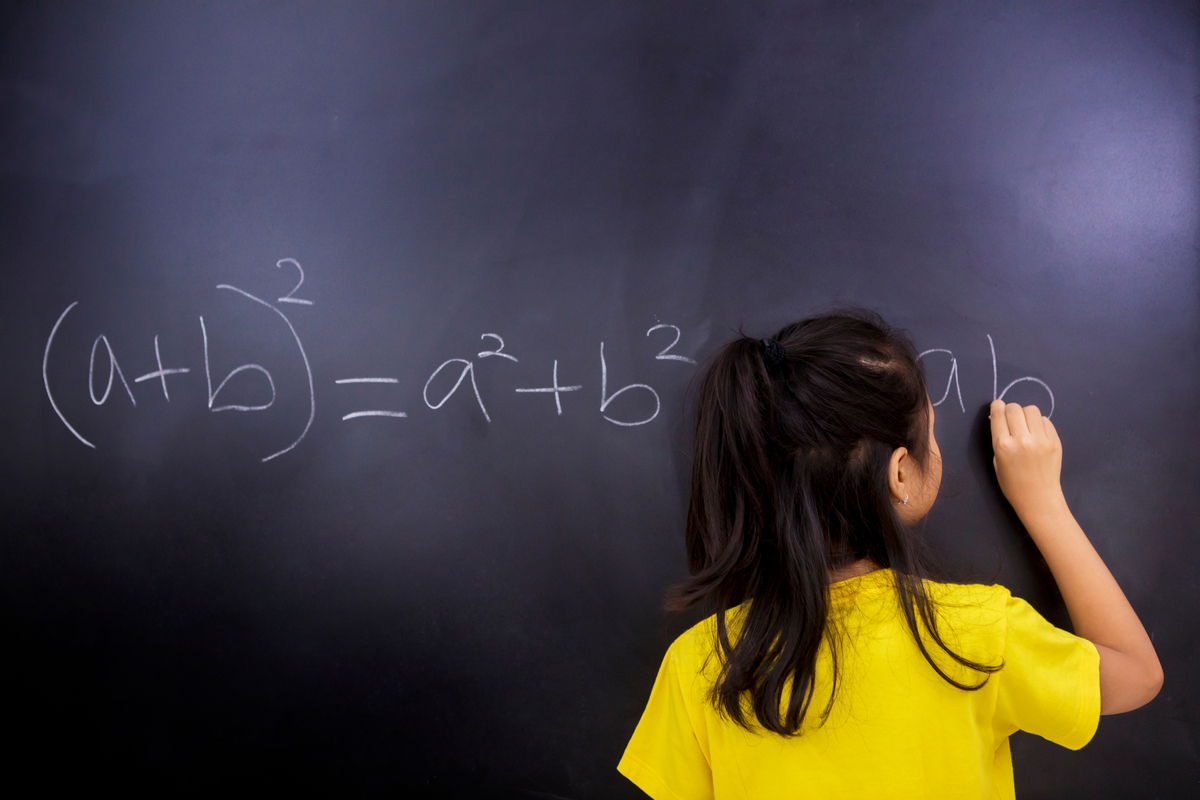
Going from primary 3 to 4 can be a big leap forward for many kids. The pace of learning is faster and the problems are bigger and more complicated when it comes to primary 4 math. Students start focusing on understanding what problems are asking for and what skills they can use to solve them. There is less focus on using physical objects to represent math concepts and more focus on visual and abstract thinking. Spark Math by VISPARK is here to help you prepare with the top 3 math concepts primary 4 kids should know.
1) Complex Word Problems
Primary 4 math is more than just solving equations. At this level, students are now expected to solve word problems at a higher frequency and complexity. Students are required to tap into their reading and comprehension skills while also identifying the math concepts in the word problem to solve it.
Word problems also teach children how math applies to real-world situations, for example time, money, and measurement of volume and length. Connecting the dots between math concepts and everyday life helps reinforce math concepts.
Using addition, subtraction, multiplication, and division all at once
Word problems in primary 4 start using multiple math skills in the same question. Questions may ask students to use a mix of addition, subtraction, multiplication, and division to solve a question. Learning how to decide what skills are needed, and the order to use them is important. Such complex word problems not only test a student’s range of math skills, but also examine their logic and critical-thinking skills.
When doing a complex word problem with your child, you can try to get them to explain the next steps they should take. This helps them to practise their thinking process and hone their critical thinking at the same time.

2) Fractions
In primary 4, students learn about “unlike fractions”, which are fractions with different denominators. This is a step up from “like fractions” they had learnt earlier in primary 3. “Like fractions” are fractions with the same denominator. When solving equations, “unlike fractions” are substantially more difficult to work with than “like fractions” due to having different denominators. As fractions are a major chapter in primary 4 math, it will be beneficial if students know their fractions well.
Working with unlike fractions
In order to work with unlike fractions, students have to learn about equivalencies. Making fractions equivalent to each other means finding a way for both fractions to have the same denominator. Learning that numbers can be broken down is important, especially for advanced STEM courses. Both advanced math and science courses focus on skills that include fractional numbers (both fractions and decimals), not just whole numbers.
Adding and subtracting mixed fractions
Once students learn about unlike fractions and equivalencies, they can start solving the more complex equations that involve unlike fractions. Adding and subtracting like fractions is pretty straightforward — it involves adding the two numerators up, while keeping the denominator.
On the other hand, working with unlike fractions requires an additional step — student have to make the two fractions equivalent first, before they can add or subtract the fractions. This means using skills such as multiplication or division to make answering the problem possible. This is the first major step in learning how to problem solve using multiple steps.
3) Geometry
Primary 3 is when kids start pulling out the protractors to work on angles and measuring data. Graphing and plotting are skills first developed in primary 4. Understanding how to plot points on a graph is an important skill for organising and analysing information in a structured format. Students use graphs to interpret data, or to create shapes for understanding size, area, and symmetry.
Just like students use different concepts in word problems to find an answer, they learn the different parts of a shape in geometry. These shapes can be created using line segments, points, curves and circles. The first angle students learn is the right angle or 90-degree angle. Just like a square has 4 equal lines, they also have 4 right angles. This is the foundation that will help students understand more complex math used in engineering and even calculus.
Final Word
From kindergarten to primary 3, students learn the fundamentals of math. In primary 4, those concepts start working together to solve more complex problems. When all the pieces of math knowledge come together, real complex problem solving can start. Primary 4 is the beginning of building problem solvers who are ready for the exciting challenges of primary 5 and beyond.
Want to know more about primary 3 math concepts? Check out our last blog post on the top primary 3 math concepts you should know. If you’re looking to try Spark Math by VISPARK for your family, sign up for a free trial today.




